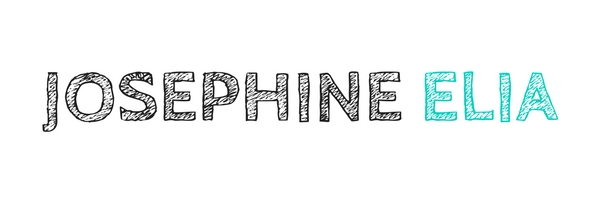

Educated is hands-down my favorite read in 2018 so far. It makes everybody’s best-of lists because it is just that fantastic. Westover tells her story of growing up in a fanatical, survivalist family who doesn’t believe in going to school, going to the doctor, or being registered in any government system. She finds a way to get out of her home and be in school for the first time at seventeen, and as she discovers education, she grows into her own self and her own thoughts. The most marvelous aspect of this memoir is her deep reflections on what is happening at every significant moment in her personal evolution. The tension between family loyalty and being able to think for her own is lucidly portrayed. It does two things for me. One, it makes me more appreciative of my own journey of education and the privilege to think. Two, it gives me a bit more understanding on the people and environment Westover grew up around. Simply said, it’s a marvelous and riveting memoir, deeply insightful and beautifully written.


Evicted is one of the best books I’ve ever read. It deals with the deep struggle for housing for the poorest of the poor in America. One of the biggest points of the book is that eviction is not only caused by poverty, but it also causes poverty. Matthew Desmond wrote out his research brilliantly in a very engaging narrative nonfiction form. He followed the lives of several families and individuals for an extended amount of time and recorded their challenges every step of the way.


This book was what sparked my quest into the topic of poverty. I got it through a Kindle sale a few years ago because the title was very intriguing. Imagine, I got it for $1.99, the same amount some people live on for a day. $2.00 a Day also follows the lives of a few people, but also covers some policy background that has historically impacted–for better or for worse–the lives of the poorest in America. Several common themes emerge from this book and Evicted, especially on how people cope at this level of poverty.


Hillbilly Elegy has been credited as one of the explainers of the protectionist movement that arises from those who feel left behind by globalization, modern economy, and society. I don’t think J.D. Vance set out to play this role–he was really just telling the story of his upbringing–but he certainly opened the eyes of many to a specific culture and community that doesn’t really get represented much in most media. I can’t really do it justice in this summary, other than to say, it’s an important read.


Greg Boyle’s work with Homeboy Industries, a gang-intervention program in Los Angeles that provides gang members with jobs and support, is simply incredible. But this book, and Boyle’s message, stands out to me in that he doesn’t focus much on how to help the poor. His main message is to be with the poor. He calls it kinship. I reflect on his key message in this essay:
Kinship: A Better Model for Altruism


I used to pass by Janesville a lot on the way to visit my siblings in Madison, WI, but I had no idea what that town went through. This book tells the stories of several families as they experience the downward slip from the middle class to poverty after GM closed its biggest manufacturing plant in Janesville. The narrative is poignant because it tells what real people go through as a result of macro economic shifts in the world and corporate business decisions. I also think these kinds of ethnographic works should be the textbooks of anyone interested in policies–especially the policy makers–as they depict what happens on the ground. They can show where federal or state-level supports are needed, which programs work and which don’t, and what are the unintended consequences of certain initiatives.


Of all contemporary Christian writers, Tim Keller is the one I respect the most. He is even-toned, nuanced, balanced, and incredibly well-read. What I love most of all is his cultural sensibilities: he understands the different narratives and values of different cultures, and is able to assess them vis-a-vis biblical values. To be more precise, he is not a preacher of Western culture, which I find quite common in American Christianity. Instead, he has the sensibilities to even examine his own culture and see the parts that are not entirely biblical.
These strengths are reflected in this book, where he proposes points to consider to the secular audience as they consider Christianity. If you happen to have been burned by Christian books before, this is a good one to try again, because even if you are skeptical, you will be intellectually nourished.


Amidst a plethora of angry and loud voices in today’s politics, John Lewis’ voice in Across That Bridge is refreshingly calm, full of wisdom, and enlightening. Lewis is someone who has fought for civil rights for decades, has been beaten, jailed, and threatened multiple times, and has continued to serve the public to this day. So the import of his words and counsel is deeply felt in this book. I picked this book up after listening to his interview with Krista Tippett on the spiritual aspect of the Civil Rights Movement. And boy, I did not realize how deep it was. The philosophy of nonviolence and their commitment to it is more than just a means to make social change. They were going for changes in the spiritual nature of society at the time.
For young people who want to make an impact in the world, for those who feel called by activism, this book is like sitting at the feet of your favorite grandfather, receiving wisdom-filled advice on how to move forward from the one person who has gone through it all.





















